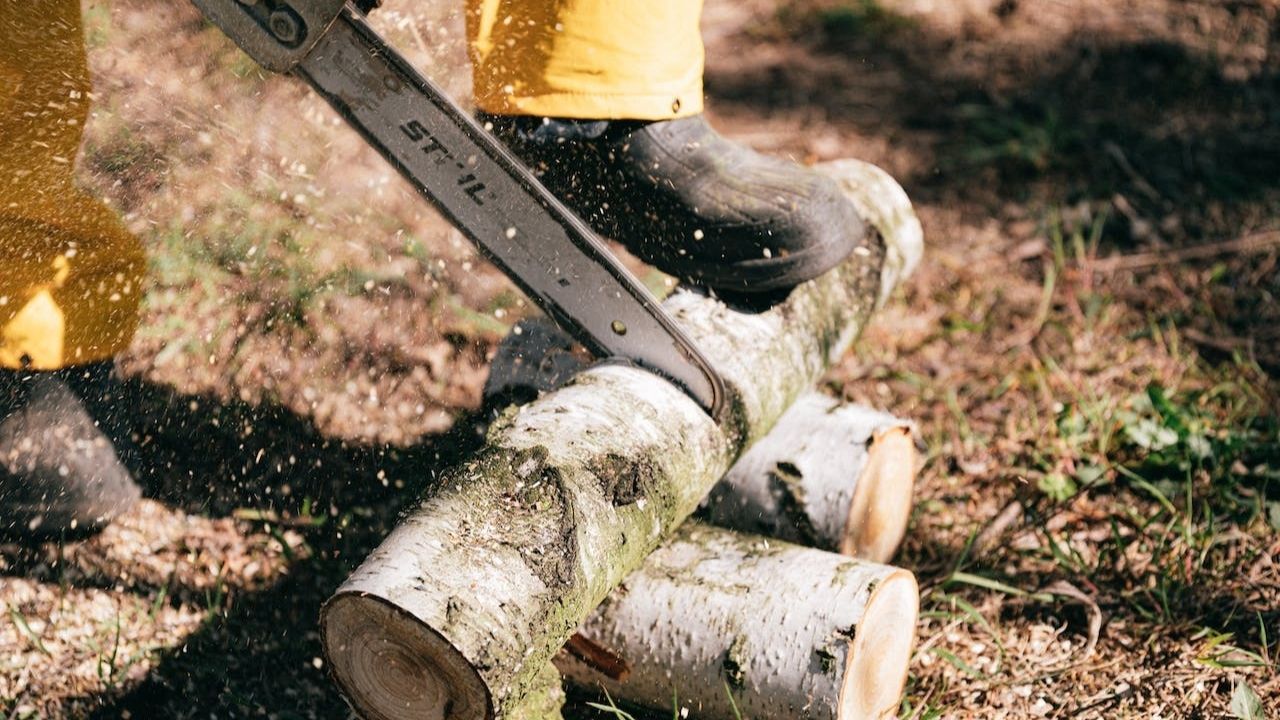Safety and Regulations
Best Native Trees to Meet Urban Trimming Rules and Keep Your City Green
Choosing native trees like Red Maples, Eastern Redbuds, and White Oaks for urban spaces ensures less maintenance and adherence to local trimming regulations.

When choosing native trees for your urban space, consider options like Red Maples, Eastern Redbuds, and White Oaks. These trees thrive in local conditions and require less maintenance, making them ideal for compliance with trimming regulations. They not only beautify your community but also provide essential habitats for wildlife. Plus, regular maintenance, such as proper pruning and pest checks, helps keep them healthy. Engaging with neighbors in tree-planting events fosters community bonds and promotes a greener atmosphere. By selecting the right trees, you can guarantee your city remains vibrant and aligned with local environmental guidelines. There’s more to investigate on this topic.
Understanding Urban Trimming Regulations
Understanding urban trimming regulations is essential for anyone looking to maintain or improve the greenery in their community. These rules guide how you prune and maintain trees, ensuring they thrive while adhering to safety and aesthetic standards.
Cities often have specific guidelines about the timing and methods for trimming, which helps protect local wildlife and promotes healthy growth. For instance, some regulations may prohibit trimming during nesting seasons to safeguard birds.
You’ll also need to know about permits, especially for larger trees or public spaces. By familiarizing yourself with these regulations, you can contribute positively to your neighborhood’s greenery, ensuring that your efforts align with the community’s goals and legal requirements.
Always check local guidelines before starting your trimming project.
Benefits of Native Trees
Choosing native trees for your urban landscape offers a wealth of benefits that improve both the environment and your community’s aesthetic.
Native trees are well-adapted to local conditions, requiring less water and maintenance than non-native species. This means you can save time and effort while supporting local wildlife, as these trees provide essential habitats for birds, insects, and other creatures.
Additionally, planting native trees boosts air quality by filtering pollutants and producing oxygen. Their deep roots can help manage stormwater runoff, reducing flooding risks in your area.
Furthermore, incorporating native trees into your landscape promotes biodiversity, creating a vibrant ecosystem that enriches your community.
Ultimately, choosing native trees contributes to a healthier, more sustainable urban environment for everyone.
Top Native Trees for Compliance
In the selection of native trees for urban trimming, adherence to local regulations and guidelines is essential.
Choosing the right trees not only guarantees compliance but also improves your community’s landscape.
Here are some top native trees that meet urban trimming standards:
- Red Maple: Known for its stunning fall color, it thrives in various soil types.
- Eastern Redbud: With its beautiful pink blossoms, this tree brings joy in early spring.
- White Oak: A sturdy choice, it supports local wildlife while providing shade.
Maintenance Practices for Trees
Selecting the right native trees is just the beginning; proper maintenance practices are key to guaranteeing their long-term health and resilience in an urban environment.
To start, regularly check your trees for signs of pests or diseases. Early detection can save your trees from serious damage.
It’s also essential to prune them correctly, removing dead or crossing branches to promote healthy growth and improve air circulation.
Watering is fundamental, especially during dry spells; make sure your trees get a deep soaking rather than shallow sprinkling.
Mulching helps retain moisture and suppress weeds, making it easier for trees to thrive.
Finally, consider soil health—testing and amending as needed can support root development and overall wellbeing.
With consistent care, your trees will flourish in the city.
Community Involvement in Planting
Getting the community involved in planting native trees not only improves urban green spaces but also fosters a sense of ownership and pride among residents.
When you participate in these activities, you’re helping create a vibrant environment for everyone. Organizing tree-planting events can strengthen community bonds and encourage environmental stewardship.
- Together, you can beautify your neighborhood and enrich local wildlife habitats.
- Planting native trees promotes sustainability and resilience in your urban ecosystem.
- Watching your efforts grow over time cultivates a deep appreciation for nature.

Hello there! I’m Logan Foster, the green-thumbed social media marketer behind the vibrant world of 1800TreeGuy.com. With roots firmly planted in arboriculture, I’ve branched out to help clients cultivate their dream outdoor spaces, one leafy canopy at a time. My knack for nurturing nature is more than a profession—it’s a way of life.
When I’m not talking trees and teaching the art of arboreal care, you can find me cheering on the Bulldogs—my alma mater’s pride and my forever team. My environmental studies there didn’t just teach me about ecosystems; they instilled a lifelong passion for protecting our planet.
Off the clock, I’m an adventurer at heart. Whether it’s trekking the Appalachian trails, pedaling down a mountain path, or crafting guides to share the wonders of the wild, I’m happiest with soil under my nails and the sun on my face. And let’s not forget Yoda, my pug sidekick. He may not have mastered the art of stillness, but his joyful grins are my daily dose of happiness.
I’m all about making connections—between people and the great outdoors and between my clients and their ideal landscape visions. My approach is personal; every tree has a story, and every garden reflects its caretaker.
If you want to green your scene or share in my outdoor escapades, give me a shout on Instagram or Facebook. Let’s cultivate a conversation and grow a community rooted in a love for the lush life.







